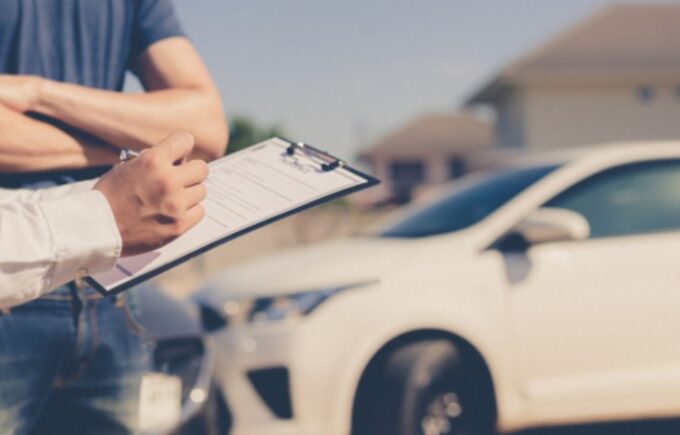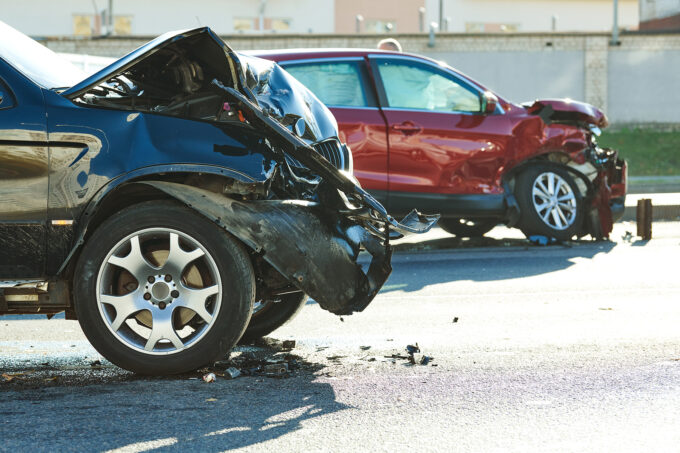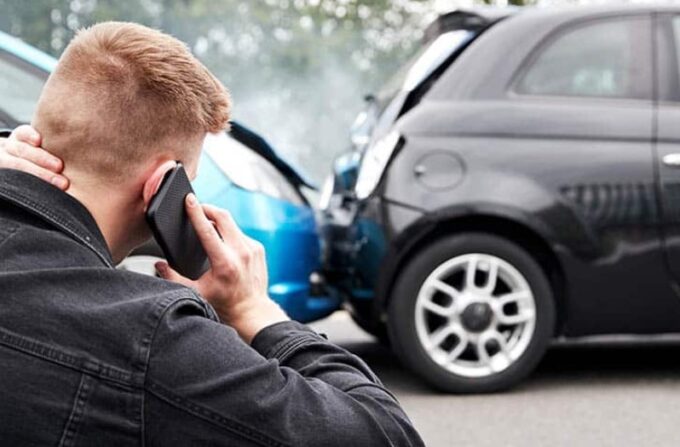If you have been injured in an accident, you are probably experiencing a lot of pain, multiple medical appointments, and missed hours from work. If not, you might be feeling a lot of an emotional burden and you could be going through trauma.
You may be wondering if your insurance will pay for everything or if the other driver’s insurance will take care of your bills. The responsibility for paying collision-related bills will depend upon the state in which you live. Here is what you can expect and here is what you will need to know.
Law in the United States

There are two basic insurance rules in the U.S., fault and no-fault. In a no-fault state, a person’s own insurance will pay for their accident-related bills, no matter who caused the crash. In a fault or tort state, the person who caused the accident is responsible for the crash-related expenses.
Most states require drivers to carry a certain amount of insurance. Drivers in fault states will purchase liability insurance, and drivers in no-fault states will purchase personal injury protection.
No-Fault States

No-fault insurance is also referred to as personal injury protection. The reason some states have a no-fault rule is that they want to ensure that, in the event of an accident, everyone can get the treatment they need in a timely manner. They will not have to go through the lengthy process of determining who caused the crash.
This will cover medical bills, funeral expenses, and lost income. It generally will not cover pain and suffering. You are usually not allowed to sue an at-fault driver for damages in a no-fault state. However, if your injuries are permanent or disfiguring, there is often an exception to the rule.
An at-fault driver will be responsible for damages to your car in a no-fault state. Although no-fault may be more practical, America is a country whose citizens believe in justice and that people must pay for their mistakes. Hence there are only 12 no-fault states.
- Florida
- Hawaii
- Kansas
- Kentucky
- Massachusetts
- Michigan
- Minnesota
- New Jersey
- New York
- North Dakota
- Pennsylvania
- Utah
Drivers in Kentucky, New Jersey, and Pennsylvania have the option to opt out of the no-fault system and choose regular liability insurance.
Fault States

Most states hold a negligent driver responsible for accident-related expenses. However, there are several different types of fault states. In a pure comparative fault state, such as California, each driver is responsible for the percentage of the accident they caused. For example, if a driver was 80% responsible for an accident, they could recover 20% of their accident-related bills from the other driver’s insurance company.
In a pure contributory negligence state, such as Alabama, a person will not be able to recover a dime if they are even 1% responsible for an accident. This means that this fact can vary a lot from one state to the other and that you might want to consult beforehand.
The majority of states follow the 51% bar rule, which allows you to collect insurance money, so long as you were no more than 49% at fault. There are some states that have a 50% bar rule. Some states, such as Oregon, require you to have both PIP and liability insurance. As you can imagine, those states are popular with insurance companies.
Whether you live in a fault or no-fault state, insurance companies can be tight-fisted. Car accident lawyers at 1800injured.care can help you get fair compensation from an insurance company if you have been injured in an accident. They can answer all of your questions and you will enjoy their level of expertise, as well as knowing the fact that they’ve been in the business for quite some time.
How Does The No-Fault Insurance Works?

No-fault insurance is intended to reduce the demands on the court system associated with car accident-related lawsuits. This means that you’re allowed to sue for any type of injury. This is what it will have covered:
- Bodily injury liability, which is also known as (BI) coverage
- Property damage liability (PD) coverage
- Personal injury protection (PIP) coverage
Top 4 Facts About General Liability

1. General liability insurance is used only to pay for third parties. It does not pay for debts incurred by the employees. You can protect customers, professional service providers, or your suppliers with this type of insurance.
2. This is not a legal requirement, but it does make the job a lot less complicated or risky for both parties.
3. Some states might ask you to provide your general liability insurance policy when applying for a specific job-part, such as an electrical engineer, plumber, etc.
4. This insurance often covers the lawyer’s fee, witness-related bills & evidence. Some people also know it and call it a ‘slip and fall’ policy because it covers bodily injury accidents.
Top 4 Most-Asked Questions About No-Fault Insurance

Q: Is it optional?
A: No-fault insurance is currently mandatory for legal driving in 18 states. Details can vary from one state to the other + different requirements can make an impact.
Q: What will it cover?
A: You will have three aspects covered, and those are:
Hospital and medical fees
Income losses that are caused by the inability to work if you have a major accident
Funeral expenses
Q: Will it cover theft?
A: You can’t protect your vehicle through this policy since it doesn’t cover similar issues. It doesn’t cover hit & run cases either. You will need to consider a comprehensive insurance policy to cover your car and theft of similar possessions.
Q: Why do only some states have this insurance?
The idea behind no-fault insurance is to avoid costly and time-consuming court cases for everyone & on both parties. This is because you might want to speed up the process and go through generally a lot fewer court cases. The reason some states have a no-fault rule is that they want to ensure that all the people get the treatment promptly.









